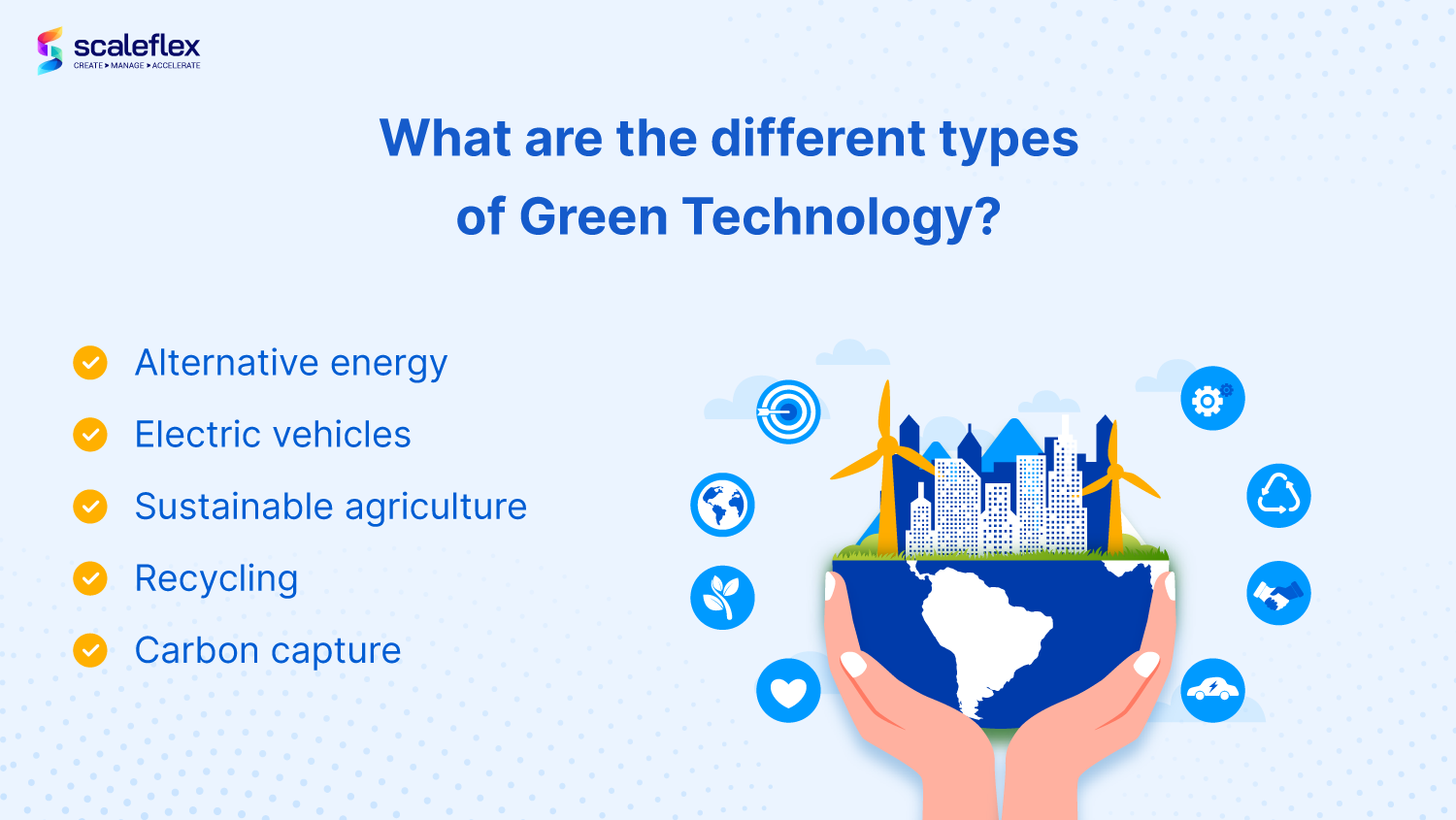
Navigating the Green Technology Landscape: A Practical Guide
Choosing the right green technologies is a critical step in contributing to environmental sustainability. With a myriad of options available, understanding how to make informed choices becomes crucial. This article serves as a practical guide, offering insights into the considerations and factors to weigh when selecting green technologies for various applications.
Assessing Environmental Impact
Before delving into the specifics of green technologies, it’s essential to assess their environmental impact. Consider the life cycle of the technology, from raw material extraction and manufacturing to usage and disposal. Opt for technologies with a minimal ecological footprint, emphasizing those with a positive contribution to reducing greenhouse gas emissions and environmental degradation.
Understanding Energy Efficiency
Energy efficiency is a key criterion when choosing green technologies. Assess the technology’s ability to perform its intended function with minimal energy consumption. Look for certifications and energy labels that indicate compliance with energy efficiency standards. Prioritize technologies that offer high performance while conserving energy, contributing to overall resource conservation.
Evaluating Renewable Energy Sources
For many applications, the use of renewable energy sources is paramount. When choosing green technologies, consider whether they are powered by renewable sources such as solar, wind, or hydropower. This not only reduces dependence on finite fossil fuels but also aligns with the broader goal of transitioning towards a more sustainable and resilient energy landscape.
Considering Life Cycle Costs
Beyond the initial investment, assessing the life cycle costs of green technologies is crucial. Factor in maintenance, operation, and end-of-life disposal costs. While some technologies may have higher upfront expenses, they could prove more cost-effective over their entire life cycle. Evaluate the long-term economic viability alongside environmental benefits.
Adopting Smart Grid and IoT Integration
Smart grid technologies and integration with the Internet of Things (IoT) play a significant role in enhancing the efficiency of green technologies. Look for technologies that leverage smart grids for real-time monitoring and control. IoT integration allows for data-driven decision-making, optimizing energy usage, and contributing to a more intelligent and responsive system.
Exploring Sustainable Materials and Design
Consideration for the materials used in the manufacturing of green technologies is pivotal. Opt for products that incorporate sustainable materials, recycled content, or are easily recyclable. Additionally, assess the overall design for eco-friendliness, emphasizing simplicity, modularity, and ease of disassembly for recycling or refurbishment.
Prioritizing Water Conservation Technologies
Water scarcity is a pressing global concern, making water conservation technologies integral to sustainable practices. When choosing green technologies, prioritize those that minimize water usage, employ efficient water recycling systems, or leverage innovative water-saving mechanisms. This not only addresses water scarcity challenges but also aligns with sustainable resource management.
Embracing Circular Economy Principles
Choosing green technologies that align with circular economy principles is a forward-thinking approach. Circular economy emphasizes reducing waste through recycling, reusing, and refurbishing. Look for technologies designed with circularity in mind, where components can be repurposed, and the overall system contributes to a closed-loop, minimizing environmental impact.
Seeking Certifications and Standards
To simplify the decision-making process, look for certifications and adherence to industry standards. Certifications such as Energy Star, LEED, or other relevant environmental certifications indicate that the technology meets specific criteria for sustainability and environmental performance. These certifications provide a reliable benchmark for making informed choices.
Engaging in Stakeholder Collaboration
Making informed decisions about green technologies often involves collaboration with stakeholders. Engage with suppliers, manufacturers, and industry experts to gain insights into the environmental and social aspects of the technologies under consideration. Collaborative efforts enhance transparency and foster a holistic understanding of the technology’s impact.
In conclusion, choosing green technologies requires a comprehensive and informed approach. By considering environmental impact, energy efficiency, life cycle costs, and embracing sustainability principles, individuals and organizations can contribute to building a greener and more sustainable future.


